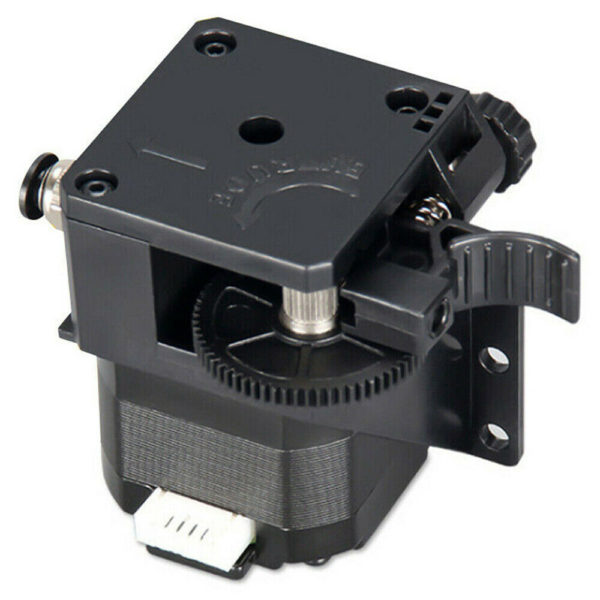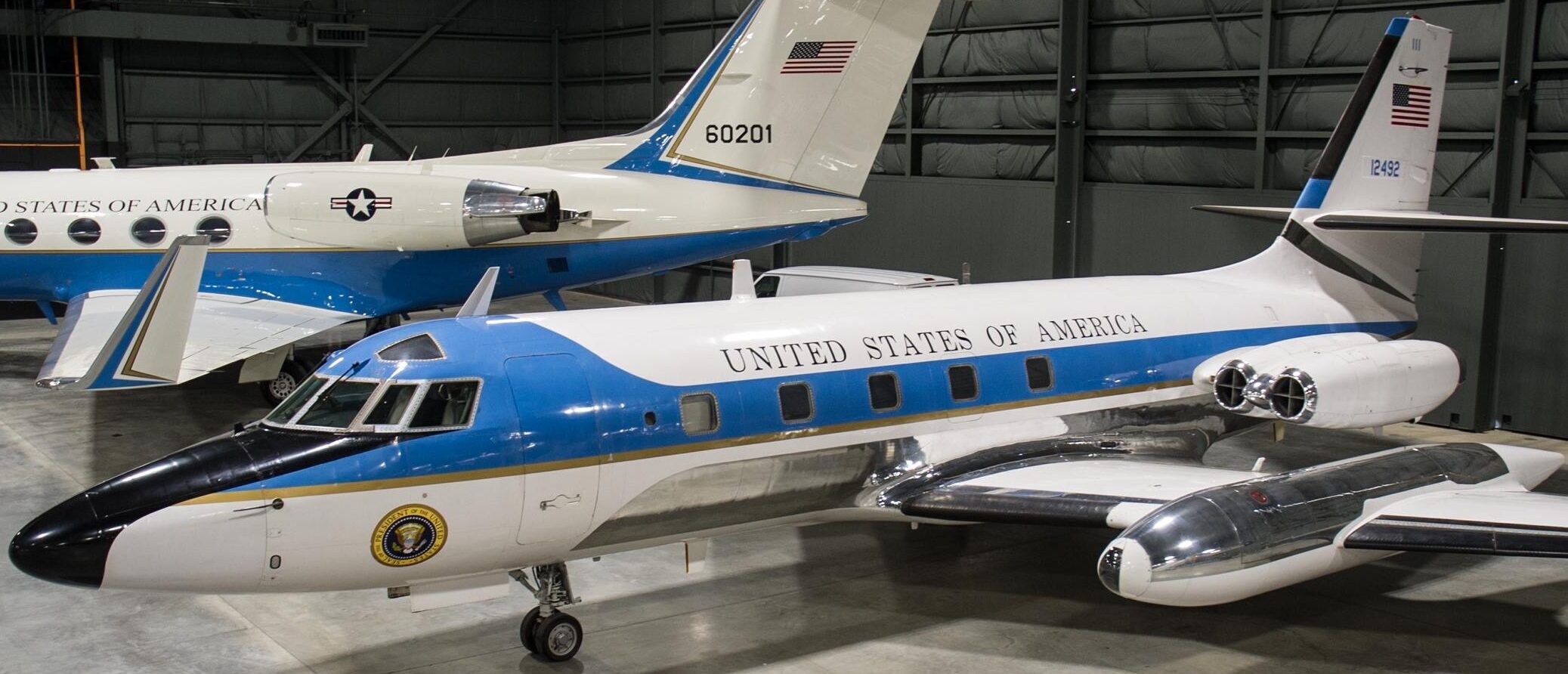
Calibration of the extruder in Klipper ensures your printer is extruding the exact amount of material requested by your slicer to produce a quality print. All sorts of issues stem from an uncalibrated extruder. Among them are:
- Overextrusion
- Underextrusion
- Bed adhesion
- Stringing
What You'll Need
- Digital Calipers
- Least-flexible filament you have
- Flush cut wire cutters
How To Measure Your Extrusion
Calibration of the extruder on the QQ-S Pro is simple:
- Pre-Heat the nozzle to a temperature that the extruder allows extrusion
- Remove the filament
- Remove the PTFE tube from the extruder
- Re-insert the filament and, using flush cut wire cutters, cut the filament right at the pneumatic connector. The connector will compress for release, DO NOT let it compress. You can install the clip that holds the PTFE tube in place to keep it from compressing. If it compresses, it will affect the amount of filament you cut off when we measure.
- Extrude 50mm of filament
- Measure the extruded filament. Be as precise and accurate as possible, we are going to make some calculations based on this, if it's more or less than 50mm.
- If it's 50mm, you're done! Put everything back together and print a Benchy!
Calculating Your Rotation Distance
We'll be operating on some assumptions:
- You have a stock stepper on your extruder and you have no idea what your full steps per rotation and your microsteps are.
- If you know what your full steps per rotation and microsteps are, please use those actual numbers.
- The QQ-S Pro uses 200 full steps per rotation and 16 microsteps.
- The QQ-S Pro by default uses 367 e steps in the original firmware configuration.
Calculating our new e steps will use the following formula:
new_e_steps = starting_e_step_value * 50 / extruded amount
In my case, the calculation looked like this:
367*50/45.4=404.185
To get the rotation distance that Klipper uses, we will need another formula:
rotation_distance = full_steps_per_rotation * microsteps / new_e_steps
So, for my calculation, here's what that looked like:
200*16/404.185 = 7.917
Place that number in the rotation_distance value under your extruder configuration then save & restart.
Be sure to measure again and re-run the numbers if you're still off!
Conclusion
I was having a bear of a time with prints and I kept having to increase my extrusion multiplier in Simplify3D so I knew something was up. Calibrating the extruder cleaned this up, fixed my prints, and made me happier.
Cheers!
